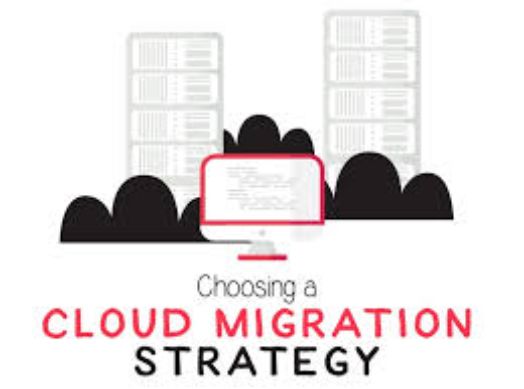The Secret Seven – How to Ensure a Successful Cloud Migration

The Secret Seven – How to Ensure a Successful Cloud Migration
Cloud computing is the on-demand delivery of computing services – software apps, databases, networking, and storage – over the internet. Users can access these services remotely from anywhere. Teamwork is a cinch because everyone has access to the same data in real-time.
What are the compelling reasons for moving to the cloud?
There are several reasons to migrate to the cloud. Here are the most important ones.
Flexibility: Cloud applications are ideal if your capacity demand fluctuates a lot. You can effortlessly scale up or down.
Cost optimization: You only pay for the services that you use. And you don’t need to invest in purchasing or maintaining expensive servers.
Security: Cloud providers need to provide state-of-the-art security to stay in business. They follow the latest industry standards and comply with all regulations.
Agility: You save effort and time using tools like containerization, orchestration, serverless, and automation. It is easy to deliver new features.
Business continuity: Most cloud providers offer one-click backup and recovery capabilities.
Why cloud migration is important now?What are the Seven R’s to ensure a successful cloud migration?
Here are the most common options in cloud migration technology to successfully migrate your legacy applications to the cloud.
1. Rehost (“lift and shift”). Simply redeploy the application to the cloud infrastructure without changing the code.
2. Re-platform. This is similar to rehosting but involves minimal code changes to take advantage of the cloud infrastructure.
3. Refactor. Tweak the application as much as possible to optimize it for the cloud without changing its core architecture. This may include technical debt reduction and improvement of non-functional attributes.
4. Re-architect. Move the code to a different architecture (from a monolith to microservices) to take advantage of cloud technologies.
5. Replace or Re-purchase. Replace the legacy application is by a SaaS solution that provides similar functionality. For example, you can replace a home-grown CRM solution with Salesforce.
6. Retire. Retire the application if it is no longer needed. You may need to extract and archive the app’s data.
7. Rebuild or (w)Rite a modern cloud application. Rewrite the entire application from scratch but keep the scope and functionality intact.
There is an eighth option: Retain. You decide to keep the application unchanged because the cost of migration outweighs the expected benefits.
So, weigh the costs and benefits of each option and select the one that works best for you.
GT Global Services specializes in cloud migration. Contact us for a free consultation. sales@gtglobal.ca